The most recent epidemic has significantly altered the tech environment. It is not surprising that by 2024, the IoT businesses might reach a value of $639.74 billion. It is the best evidence that this sector is gaining popularity and offering real competitive advantages to businesses operating in a wide range of verticals.
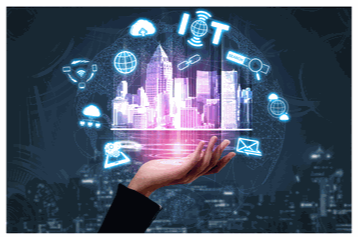
Specialists anticipates a number of significant industry advancements as 2024 approaches. Whatever your objectives, the year ahead looks quite promising for those involved in the Internet of Things. We are prepared to share with you the most exciting internet of things trends.
Defining IoT and Its Practical Applications
Share data and information
- Enhance services, productivity, and other factors
The concept of the smart home is now a reality, and Internet of Things technology is even contributing to the development of the infrastructure of the entire smart city. It can be found in a wide range of fields, including leading industries.
Key Statistics
Agriculture IoT Solutions
Agriculture actively uses smart devices for farming and raising cattle. Drones and various tools for analyzing:
Soil composition
- Forecasting climate change
- Maintaining livestock health
- Locating ill animals
may come to mind as some of the greatest IoT gadgets in this field.
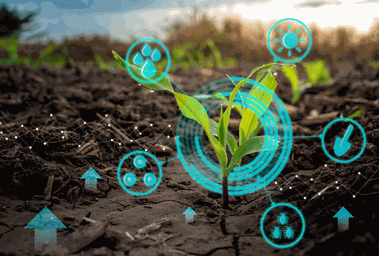
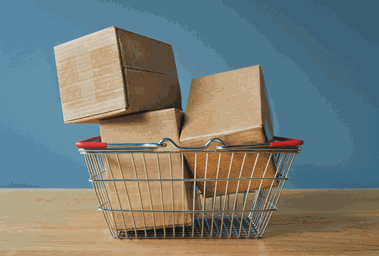
Retail IoT Solutions
Inside a store, smart devices significantly enhance consumer experience. The most appealing goods and services are those that are presented to the customer at the ideal moment and location.
The supply cycle can be improved, in-demand models can be examined, and advertising can be fine-tuned thanks to the Internet of Things.
Contactless payments and smart shopping apps are more examples of IoT use in retail.
The Role of IoT in Industry
The Industrial Internet of Things, or IIoT, is a specific phrase used in this industry. Numerous types of:
Sensors
- Software platforms
- Big data analytics for cutting-edge designs
- Precise computing
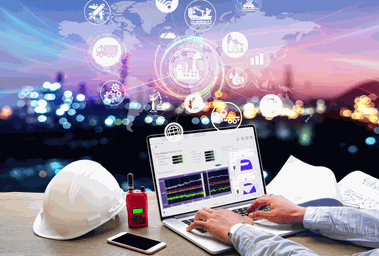
Are some of the best examples of IoT applications in the business world. Smart machines increase productivity and fix typical human mistakes, particularly those involving quality assurance and sustainability. You need to be aware of these IoT trends in manufacturing.
IoT-enabled Healthcare Systems
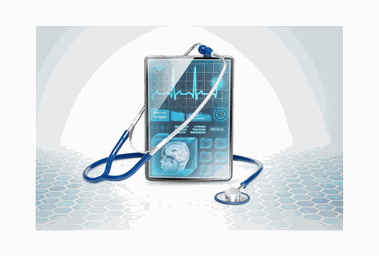
The list of top IoT solutions should give special consideration to IoT trends in healthcare. Our daily lives are directly impacted by the Internet of Things, which emphasizes the significance of linked healthcare as a distinct sector.
Drones are being used in medicine, doctors can deliver care over the Internet, and there have been amazing genetic advancements because of the IoT. A more individualized approach to assessing patient health and creating illness treatments is now possible because to the Internet of Things.
IoT application development still confronts several difficulties, particularly when there are incompatibilities between such apps and conventional medical practices. However, IoT development in this sector continues to advance.
Smart Energy Management with IoT
The smart grid has the capacity to automatically gather the required data and quickly assess current circulation. Customers and suppliers will be able to maximize their use of electricity as a result.
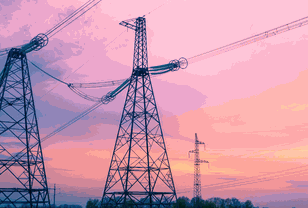
Smart Home
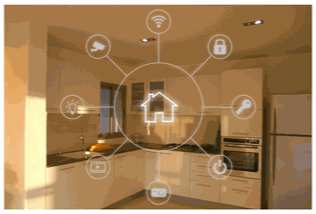
Smart speakers
- Pet feeders
- Air conditioners
- Thermostats
- Other household appliances that perform everyday household functions.
One of the most popular and promising applications of the Internet of Things is this.
Businesses will increase their focus on IoT
Organizations are significantly contributing to the IoT's fast growth, according to Forrester research, with 85% of businesses either now utilizing IoT technologies or planning to do so in 2023.
Technology advocates have long predicted predictive maintenance, but only the largest organizations, which have made significant long-term investments in IoT development, have so far adopted it. Smaller firms are likely to adopt IoT-based technologies as well because of their experience, which is improving awareness of how useful and advantageous such solutions can be. They will do so with confidence since they know their investment will pay off.

1. The Power of Machine Learning in Improving App and Gadget Intelligence
Apps that can learn may comprehend people and even predict users' future needs. Marketing and the advertising sector are subsequently impacted by this. We now receive individualized goods and offers, even in ephemeral categories like fashion and home furnishings.
For instance, StitchFix, an online personal stylist that offers outfit suggestions, relies heavily on machine intelligence. By designing routes that are more convenient for drivers, figuring out trip times, and figuring out the quickest way to transport cargo, the same techniques aid in logistics optimization.
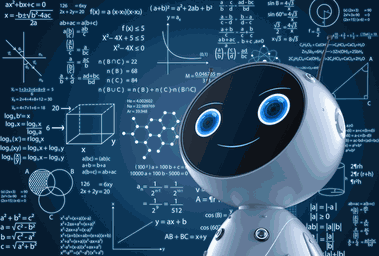
Traffic analysis, which aids smart automobiles in navigating the road and preventing accidents, and video and picture analysis, which u, are other examples of applications for machine learning. By the way, during the past three years, the search term "Machine Learning" has increased threefold in Google Trends.
2. The Growing Popularity of Voice-Controlled Devices

Voice control makes sense in many circumstances since it enables us to complete the tasks without wasting time and effort physically. It also lessens the strain on our eyes, allowing them to concentrate on other crucial tasks. A lot of hurdles to interaction are eliminated by using this method of communication with the machine.
User interfaces, graphical environments, and other technologies that reduced entry barriers were introduced after humanity initially utilized computer code to convey commands to devices. The logical next step in developing technology that everyone can utilize to work more effectively or enhance their lives is voice detection and generation.
3. Security
The consultants at Deloitte observe the explosion of technologies that make it easier for businesses to share safe data.
Academics
- Healthcare providers
- Pharmaceutical companies
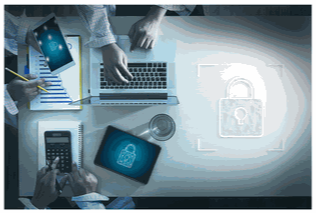
Were able to hasten the development of therapies and vaccinations when clinical data were pooled on open platforms during the start of the COVID-19 pandemic. The coordination and implementation of extensive vaccination programs that prioritize effectiveness and safety, as well as privacy and intellectual property protection, have also been made possible thanks to the data-sharing protocols used by:
Pharmaceutical companies
- Governmental organizations
- Hospitals
This holds true not just for projects of this size, but also for more routine work.
4. The Ongoing Impact of Mobile Technology in Our Lives

The online advertising market is expanding at a 20% annual rate. A significant portion of this development is made possible by the rise in the percentage of mobile web, which has already attained 66%.
However, it's crucial to keep in mind that just 12% of users, or those who use the internet from mobile devices, are covered by this statistics. Even yet, given that 25% of people use the internet, this number could double.
Whole generations are moving away from linear TV and toward OTT and CTV video. More than half of fans say they would rather watch the MTV Music Awards on Snapchat than on television. As costs decrease to match demand, every aspect of video production and delivery will improve.
Banks
- Transportation companies
- Online retailers
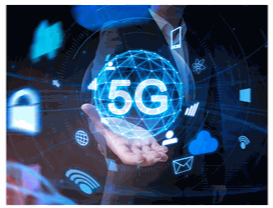
Finally, the introduction of the fifth-generation (5G) age of communication will enable information transmission at an unparalleled speed and liberate us from cables and fiber optics.
5. The Synergy between AI and IoT for Better Innovation and Implementation
The Internet of Things (IoT) and artificial intelligence (AI) are interconnected.
The enormous amount of fresh data that will result from the IoT's development will contribute. When interacting with one another in a production network and evaluating the massive volumes of data generated, it is possible to obtain conclusions that the human mind could never obtain, much less in the same amount of time, which is sometimes essential for decision-making.
Machine learning algorithms can be trained to recognize different outliers in this data, which will enable them to spot chances for efficiency improvements or early problem prevention.
6. The Trend towards Local Computing
Calculations are carried out as closely as feasible to where the data is obtained, such as in sensors or cameras, in edge computing technologies and algorithms. The key point is that a significant portion of the data gathered by these gadgets is wholly useless.
An excellent example is a camera that regularly sends terabytes of data to a server, but just a small portion of these recordings—a few megabytes—show suspicious behaviour and may prove to be at least marginally helpful.
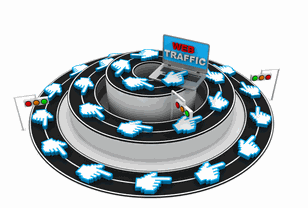
Instead of mindlessly sending data to the cloud, these devices would be able to perform some sort of primary processing on it, which would significantly reduce the amount of unnecessary traffic on the data network and increase the amount of computing power available for truly valuable computations. In the aforementioned illustration, the image recognition algorithms built into the camera hardware and software will be able to scan frames for suspicious activity and only transmit potentially valuable information to the server for additional processing and storage.
Final Thoughts
By analyzing the following IoT trends and their implications, you can understand the significance of incorporating the Internet of Things into your organization.
These technologies have aided companies worldwide in enhancing their operations and improving their quality of life.
Smart cities and Factories are now a reality, and the potential of IoT continues to expand beyond what has been achieved thus far.
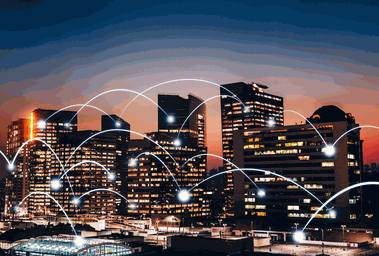
Internet of Things Predictions for coming years - What Should We Expect?